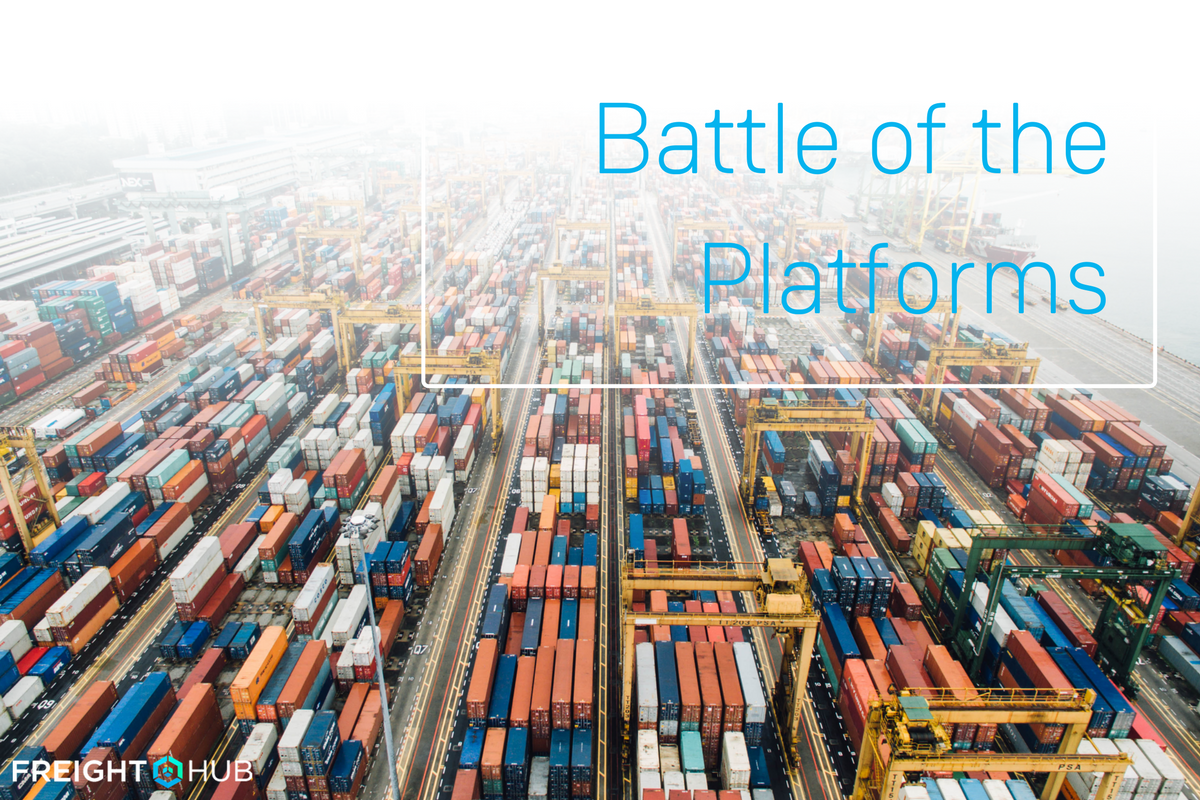Cross-border e-commerce is growing fast, outpacing domestic growth with a compound annual growth rate of 17% between 2017 and 2022. The growth rate is compared with 12% for overall B2C e-commerce according to a research firm, Forrester. Much of this increase is expected to come from Asia Pacific thanks to rising incomes, expanding middle class and preference towards foreign goods. In fact, Forrester anticipates that half of global worldwide cross-border e-commerce expenditures will come from Chinese consumers in 2017.
Alibaba’s cross-border platform
To help manage this growth, China’s largest e-commerce provider, Alibaba, has built an impressive platform. The basis of the platform is a 2010 acquisition, OneTouch. According to Logistics Trends & Insights LLC, the platform provides Chinese exporters with online services such as customs clearance, trade financing, foreign exchange, and logistics. Free for exporters, OneTouch makes its profit by marking up loans, 10%, to businesses that need to purchase materials they need to produce for an export order. Also, the platform aids businesses in locating shipping companies, monitoring of shipments and the filing of required documents for customs clearance.
Currently, there are more than 100 logistics companies and 1,700 freight forwarders offering their services through Alibaba Group’s international platform including DHL, FedEx, UPS, Kuehne + Nagel and WCA Ltd. WCA which is a network of freight forwarders worldwide will vet and approve global logistics providers and freight forwarders for Alibaba.com customers.
In addition, ocean carriers Maersk and CMA CGM have also signed onto the OneTouch platform. For CMA CGM, the carrier will provide export services within its Mediterranean and Adriatic port of calls including Barcelona, Valencia, Trieste, and Rijeka. For Maersk, bookings will be made on select routes including AE1, AE5, and F3 between five Chinese ports and eight overseas destination ports. Not to be left out, Evergreen is the latest ocean carrier to throw its lot with Alibaba. To begin with, Evergreen Line will offer Alibaba suppliers services on routes from China’s main ports to Israel and the South American region. More regions are expected to follow. According to a company statement, “The growth of e-commerce has resulted in small, fragmented orders from global buyers. Taking note of the need for user-friendly logistics services for smaller volume shippers, Evergreen Line is collaborating with Alibaba.com to allow shippers to search for freight rates and reserve cargo space on the Alibaba.com platform directly, a service that will be available to primary suppliers in China.”
However, platforms such as these typically offer high priced FAK rates. Shippers need to do their homework first when deciding what platform(s) to use.
Amazon’s cross-border platform
Rumors continue to swirl regarding Amazon’s possible cross-border platform – are they or aren’t they building one? The company’s Chinese subsidiary applied for an NVOCC license a couple of years ago. However, the company continues to utilize freight forwarders to ship items to the US. Also, even though Amazon has leased a number of airplanes, they are primarily used for the US domestic market. However, its relation with DHL is becoming a cozy one. Both companies have established their air hub at the Cincinnati/Northern Kentucky Airport and according to a DHL media relations director, “DHL can confirm that it has been contracted to provide a range of services to Amazon at the DHL Cincinnati hub, including sorting operations and ground handling for the Amazon air network.”
In terms of platforms, however, Amazon does not have one yet but will likely follow suit in the coming years. It would not be too surprising if it is similar to Alibaba’s platform.
The platform competition
Digitalization of freight shipping appears in different formats including digital freight forwarding, marketplaces or trading platforms as mentioned above. They all promote rate shopping, booking, documentation and visibility and even more. But are these solutions equal? Of course not. Shippers need to evaluate carefully and perhaps test several of these options.
Digital forwarders such as FreightHub, for example, can offer so much including proactive exceptions handling, personal contact, various modes of transportation, different types of service levels, negotiated rates and end-to-end true visibility.
For small-to-medium size shippers, digital solutions have helped level the global trade playing field. As digital solutions become an accepted practice, larger shippers will further migrate towards these offerings whether they are stand alone or owned and operated by 3PLs and/or traditional freight forwarders or integrated with TMS solutions. Again, shippers will need to evaluate based on their unique criteria and strategy.
Find out more
Come check us out and see what we have to offer. Visit our website and request a free demo. While there, sign up for a newsletter for the latest industry news as well as follow us on Twitter and LinkedIn.








